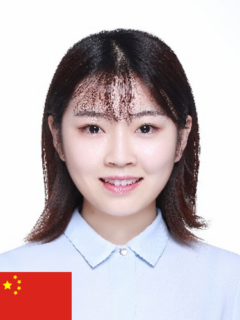Tongtong Leng
Tongtong Leng
Gastforscherin (Frontier Insititute of Science and Technology, Xi’an Jiaotong University, China)
Multifunctional nano bioactive glass containing elastomer tissue engineering materials
Betreuer in Erlangen: Prof. Aldo R. Boccaccini
Betreuer in China: Prof. Bo Lei
Skin tissue is susceptible to be hurted, like surgery, burns, cancer, and other factors can cause wound damage. The common wound healing process usually has hemostatic, inflammatory, proliferative, and remodeling phases. However, prolonged inflammation and bacterial infection in open wounds can cause cell damage and hinder angiogenesis during wound healing, thus reducing the speed of wound healing. How to speed up the wound healing process has become the focus of attention in the biomedical field. Biodegradable poly(1,8-octanediol-citric acid) (PC)-based biomaterials are polyester materials and are widely used due to their biomimetic viscoelasticity, biodegradability, biocompatibility, and low cost. This research project is mainly focusing on the addition of the natural active molecule curcumin into PC to give PC better biological activity (PCC). The project also studies the incorporation of bioactive glass nanoparticles (BGNs) to improve the mechanical properties of PCC to prepare an inorganic-organic scaffold material that promotes wound healing. On the one hand, by adjusting the content of BGNs, the mechanical properties of the scaffold can be precisely controlled. On the other hand, the pro-vasculature effect of BGNs can promote regeneration, and combined with anti-inflammatory and antioxidant properties, promotes both early wound healing and late regeneration, better accelerating wound healing.

